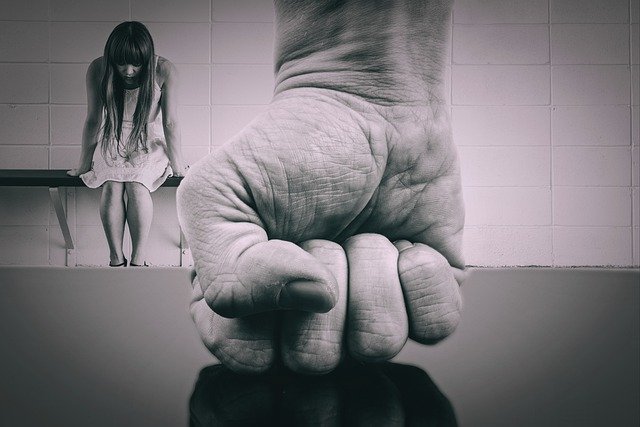
When I was a girl of about eight, on a visit to my grandparents, my grandfather asked me what I wanted to be. I said I wanted to be a doctor. He said, “Don’t be silly. Girls can’t be doctors.”
Up to this point, I adored my grandfather, and then—not so much. His words frightened me. I couldn’t be a doctor because of my gender? That he made the statement so casually and confidently set the world in concrete for me. His message was clear. The world wouldn’t allow me to be what I wanted because I was not male.
To be clear, I do not blame him. He was a man of his time, born in the very early 1900s. Society expected that most women would marry and have children, since birth control was a dirty secret, and advertising any form of it, including condoms, was illegal, and would be until 1965.
By virtue of our biology, we were assigned second-class status in society. Women could be appreciated for their beauty and their housekeeping and parenting skills, but woe to the women who stepped into the public sphere to earn her bread.
Rigid Gender Roles
The dramatic dichotomy in gender imagery in the 1950s makes people laugh 50 years later. In Dick and Jane readers, advertisements, educational films, and television shows, post-war Americans saw feminine, stay-at-home moms cleaning, cooking, and taking care of children while masculine dads left home early and returned late each weekday, tending to their designated roles as lawnmowers and backyard BBQers on the weekend. In More Work for Mother, Ruth Schwartz Cowan wrote that psychiatrists, psychologists, and popular writers of the era critiqued women who wished to pursue a career, and even women who wished to have a job, referring to such “unlovely women” as “lost,” “suffering from penis envy,” “ridden with guilt complexes,” or just plain “man-hating.”
The fifties, the sixties, the seventies, and the eighties women got the same message:
And you would think that for the decades women have fought for equal rights in education, employment, and family law that we would get have gotten there already. But no. Misogyny is alive and harms us all.
…Cornell philosophy professor Kate Manne… argues that misogyny is not about male hostility or hatred toward women — instead, it’s about controlling and punishing women who challenge male dominance. Misogyny rewards women who reinforce the status quo and punishes those who don’t.
A new report from Everytown for Gun Safety finds hatred of women is fueling far-right ideologies. “Misogyny is the glue that holds these things together,” says Shannon Watts, founder of Moms Demand Action for Gun Sense in America.
…In addition to motivating deadly and violent behavior on its own, misogyny in the US also has well-documented ties to other extremist movements, whose far-right supporters have both adopted misogynist attitudes and used hatred of women to recruit new supporters.6 Online subcultures that hold misogynistic views have been fast-growing and violent, presenting an imminent public safety threat.
The misogynist thread that runs through the warp and woof of American Society has blossomed into a vocal minority whose leaders say things like this:
One prominent case in point: Before he became one of America’s most recognizable
white supremacists, Christopher Cantwell frequented men’s rights websites and posted
misogynistic rants on his blog. Alt right blogger Matt Forney cross-posts some of his
choicest anti-female sentiments to the MRA website “Return of Kings,” including: “The
vagina is the perfect representation of the nature of females. An empty vessel, a hole,
a void with no identity of its own. Without a man to fill her with his essence, she is as
useless as a crabapple rotting on the sidewalk.” Alt fighters and other white supremacists.
frequently refer to women as “thots,” which stands for “that ho over there.”
The January 6 attack on the Capitol contained a thick underlying threat of misogyny which acted out in symbolic attacks on women in Congress.
…[a] Buzzfeed reporter characterized the “assault on the Capitol” as a “meme-making social media performance.” Taking selfies and posing for videos and photos, rioters enacted scenes of violence and contempt that, once posted on various media and social media platforms, played out in front of larger audiences…
From this perspective, demeaning Pelosi in sexist ways—and treating symbols of her power as trophies—seeks to communicate the message that women are illegitimate political actors. Indeed, the unsettling image of destroyed display cabinets that once held historical books on women in politics suggests the rioters aimed to symbolically erase women more broadly from the American political record.
And you may ask at this moment why a Romance writer is making a big deal of misogyny. I’ll tell you why. You cannot love what you hate. If we woman want to live free from violence and with love in our lives then we must fight the growing shadow of misogyny that threatens to throw out society back into darker ages. It is a threat to our society.
